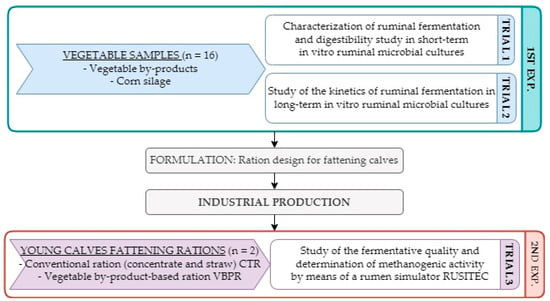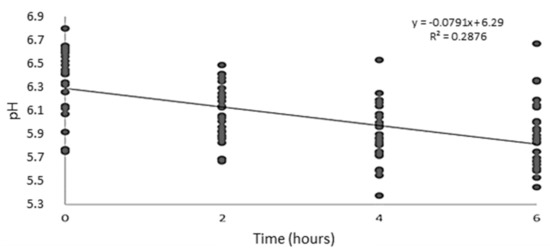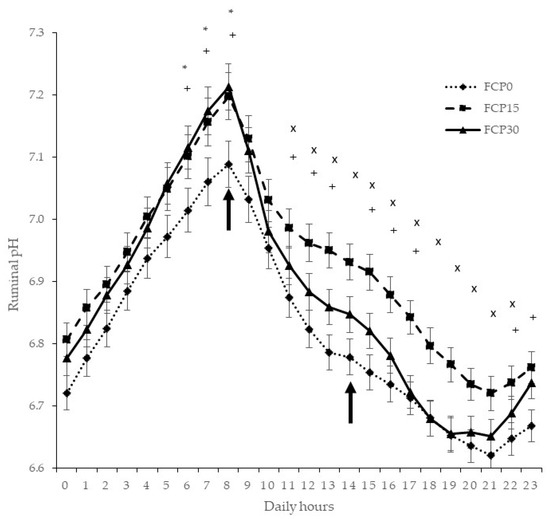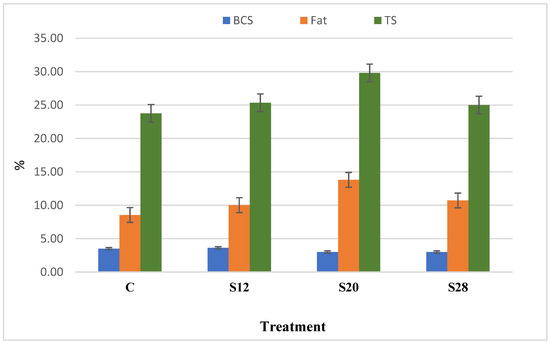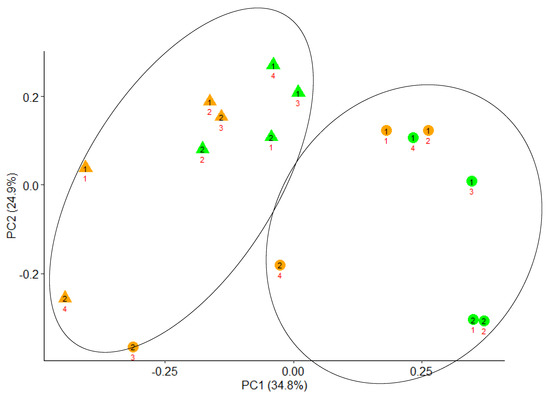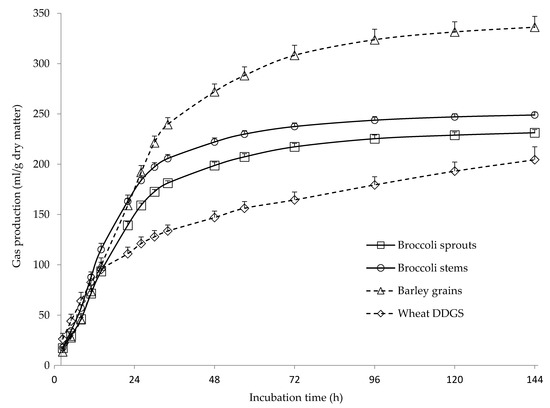Nutritive Value and Valorization of New Feedstuffs for Ruminant Nutrition (Closed)
A topical collection in Animals (ISSN 2076-2615). This collection belongs to the section "Animal Nutrition".
Viewed by 42352Editors
Interests: ruminant fermentation; feed additives; digestibility
Special Issues, Collections and Topics in MDPI journals
Interests: rumen microbiome; methane; feed additives; digestibility; ruminant fermentation
Special Issues, Collections and Topics in MDPI journals
Topical Collection Information
Dear Colleagues,
Due to the current demand for an increase in food production, concomitant with the increasing environmental concern about livestock systems, new feeding strategies have been developed in the last few years. One of these strategies, which aims to reduce competition with food, is to use agro-food industry by-products as alternative feed sources for livestock. Since feed constitutes a major input into all animal production systems, an understanding of feed quality in relation to its influence on animal production and the environment is a necessity. Therefore, it is of the utmost importance that we characterize feeds and feed ingredients more precisely to allow nutritionists to include them in balanced rations with much smaller errors.
The aim of this Special Issue is, therefore, to improve our knowledge about the nutritive value of new feedstuffs, with special emphasis on by-products. We would particularly welcome manuscripts that assess in vitro digestibility, rumen fermentation products, in situ feed degradation, and production trials.
Dr. Aser García-Rodríguez
Dr. Idoia Goiri
Guest Editors
Manuscript Submission Information
Manuscripts should be submitted online at www.mdpi.com by registering and logging in to this website. Once you are registered, click here to go to the submission form. Manuscripts can be submitted until the deadline. All submissions that pass pre-check are peer-reviewed. Accepted papers will be published continuously in the journal (as soon as accepted) and will be listed together on the collection website. Research articles, review articles as well as short communications are invited. For planned papers, a title and short abstract (about 100 words) can be sent to the Editorial Office for announcement on this website.
Submitted manuscripts should not have been published previously, nor be under consideration for publication elsewhere (except conference proceedings papers). All manuscripts are thoroughly refereed through a single-blind peer-review process. A guide for authors and other relevant information for submission of manuscripts is available on the Instructions for Authors page. Animals is an international peer-reviewed open access semimonthly journal published by MDPI.
Please visit the Instructions for Authors page before submitting a manuscript. The Article Processing Charge (APC) for publication in this open access journal is 2400 CHF (Swiss Francs). Submitted papers should be well formatted and use good English. Authors may use MDPI's English editing service prior to publication or during author revisions.
Keywords
- in vitro
- in situ
- protein
- degradation
- by product
Planned Papers
The below list represents only planned manuscripts. Some of these manuscripts have not been received by the Editorial Office yet. Papers submitted to MDPI journals are subject to peer-review.
Title: Influence of increasing amounts of orange waste silage on intake, nutrient digestion, ruminal fermentation and milk yield in Barki goats
Authors: not provide
Affiliation: not provide
Abstract: not provide
Title: Co-products and by-products derived from Corn for beef cattle nutrition: A Review
Authors: professor Telma Teresinha Berchielli, and Dr. Juliana Duarte Messana
Affiliation: Faculty of Agricultural and Veterinary Sciences, São Paulo State University Jaboticabal, Brazil
Abstract: The supply of co-products and by-products from corn is expanding rapidly due to the increasing demand for food and fuel predicted by the Population Division of the United Nations (2011). It means an opportunity for many feedstuffs options to beef cattle production, and to avoid the competition that will arise between ruminants feed and human food. This review focuses on feedstuffs derived from two principal types of corn milling processes (dry and wet milling process), and its potential effects on beef cattle nutrition in feedlot and pasture systems, which are described in the literature. Keywords: corn gluten, distillers grains, feedlot, pasture, rumen fermentation.






